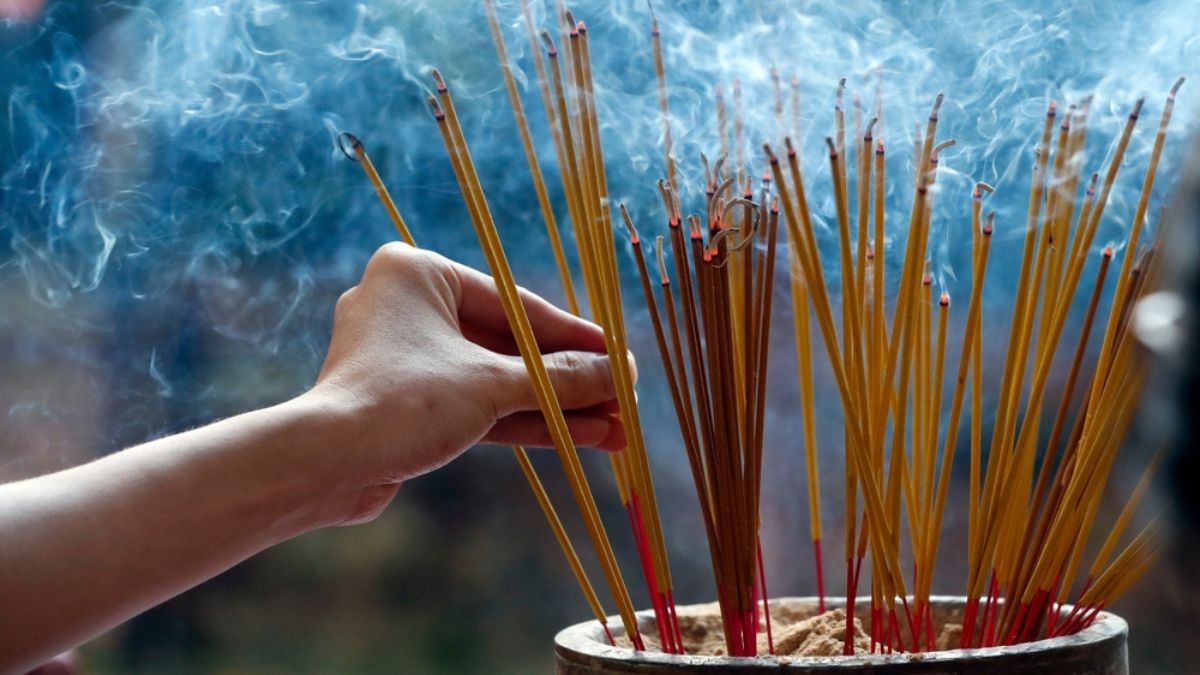Agarbatti industry on fire! India's ₹8,000-crore incense-stick market looks to spread globally
 Representative image
Representative image
Today, agarbattis are being increasingly used for non-religious purposes, and not only for religious purposes. They have become a spiritual product. People are using agarbattis for meditation, peace of mind, and spiritual purposes. The retail value of the agarbatti market in India is ₹8,000 crore, and with an 82 per cent penetration rate, the industry is growing in tandem with the country's population growth.
There was also a surge in the market during the pandemic. Around ₹1,000 crore worth of retail value of agarbattis is exported from India to around 125 countries every year. These observations were made during an interaction with THE WEEK by Arjun Ranga, Chairperson and Immediate Past President of All India Agarbatti Manufacturing Association (AIAMA) and MD of Cycle Pure Agarbatti.
Ranga stated that, although the majority of agarbatti exports were directed to the US market, there was also significant traction and exports to other countries in South America and the Middle East. He said the state of Karnataka was still leading in agarbatti manufacturing, but now accounts for 50 per cent of the total agarbatti manufacturing in India, with other states such as Gujarat, Uttar Pradesh, Madhya Pradesh, and Andhra Pradesh also contributing to the country's total agarbatti manufacturing.
Recently, the industry has seen numerous innovations, with various fragrances gaining market traction. "Agarbatti manufacturing is unique to India, and though exports have increased over a period of time, there were challenges in the form of packaging for exports, as each country had different criteria with regard to the packaging of agarbattis. We are closely working with the Union Commerce Ministry to address different export-oriented challenges," remarked Ranga.
He said that AIAMA aims to position India as the global hub for agarbatti manufacturing and to bring the entire agarbatti fraternity up to speed with the evolving business landscape and the opportunities that lie ahead. He said that the agarbatti industry in India is traditionally modern, and every ingredient is natural. Ranga also informed that agarbatti is one of the highest exported products from India.
Interestingly, AIAMA is taking steps towards building a holistic ecosystem for the agarbatti industry and is organising a three-day Expo in Bengaluru from November 6 to 8, 2025, with the aim of bringing together suppliers showcasing their products and experts conducting seminars to benefit and empower agarbatti manufacturers. The theme of the expo will be 'traditionally modern'. The showcase will feature rare agarbatti samples, iconic photographs, awards, and other significant memorabilia.
The expo will span 120,000 square feet and feature curated seminars that cover various aspects of the agarbatti industry, including job creation, sourcing of raw materials, research on new fragrances, packaging developments, women's empowerment, export opportunities, and new-age marketing.
The expo is being supported by the Fragrance and Flavours Association of India (FAFAI), Mumbai; the Fragrance and Flavour Development Centre (FFDC), Kannauj; the Essential Oils Association of India (EOAI); and other organisations. There are also exhibitors from Vietnam, Indonesia, and a few European Countries. Over 5,000 delegates are expected to attend the three-day event.
Established in 1949, AIAMA is the apex body that works towards the development of the agarbatti industry. With over 800 active members from all over India, AIAMA helps the industry act with solidarity on all matters regarding the industry's future. The MOMA was transformed into the All India Agarbatti Manufacturers' Association in 1980 to reflect its growing national character. AIAMA has since grown in strength, and the present membership spread all over India is around 600.
Business